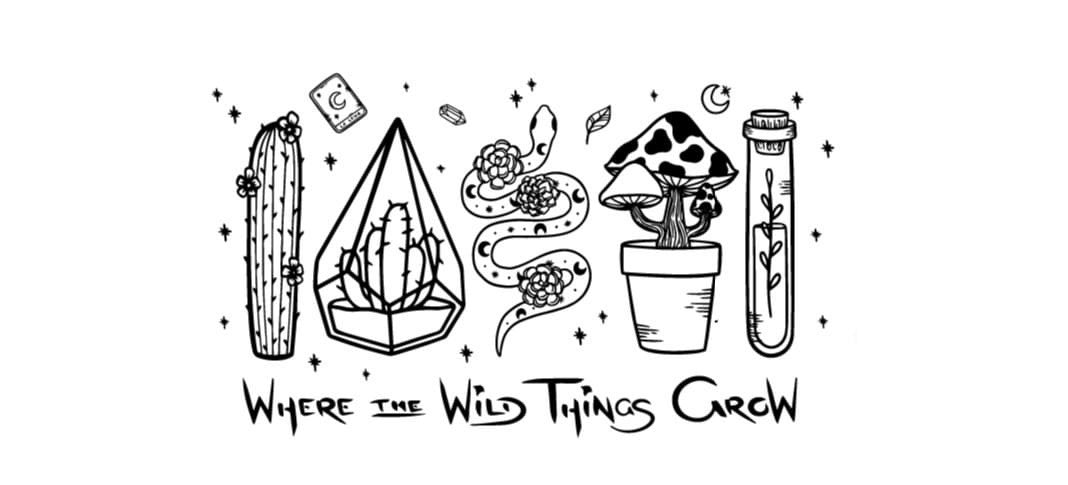where-the-wild-things-grow-4e0b
Air Plants Tillandsia
Air Plants Tillandsia
Couldn't load pickup availability
PRICING IS FOR ONE AIR PLANT.
Images shown are options you may receive. If you are wanting a specific AP then please contact us first or one of our Horticulturists will select for you.
Air plants are actually called Tillandsias, which happens to be part of the Bromeliaceae or Bromeliad species. They have also been labelled as Epiphytes, as they do not need to have soil to grow. The air plant is often found in the jungles, mountain tops, and deserts, of Central and South America, and Mexico and the the southern United States in North America.
Air plants are a variety of Epiphytes, meaning they need no soil to develop. They actually do call for a platform to commence growing. These plants are not parasitic and use their host for a method of support. The plant receives its nutrition within the moisture and dirt fibers drifting in the air. The roots are mainly implemented as a means of attaching itself to the supporting subject.
Frequent watering, beneficial air circulation and brilliant filtered light are very important aspects for their well-being. Immerse your plants once every 20 days in h2o for approximately 20 minutes or you can mist them all completely once each week. If they live in a container or dish, enable them Three or four hours of drying time prior to relocating them back with their storage containers. Air plants take in the carbon monoxide from the air at night time rather than the day time. If the plant is damp, it can't breath effectively. Based on this info, it's always best to water in the morning. Make certain every container employed allow for ample air flow. Under no circumstances leave your plants in direct sunlight for extended intervals, they like filtered or indirect light.
Air plants flower once in their lives, but will develop pups or offspring during this period. Pups usually stays linked to the parent or could be segregated using a delicate twist/pull action at the bottom of the plant after the pup is one-third to one-half the length of the parent. In the event that the pups stay connected, merely eliminate the parent leaves when they wither and die. This will allow the pups to speedily fill the bare area.
Share
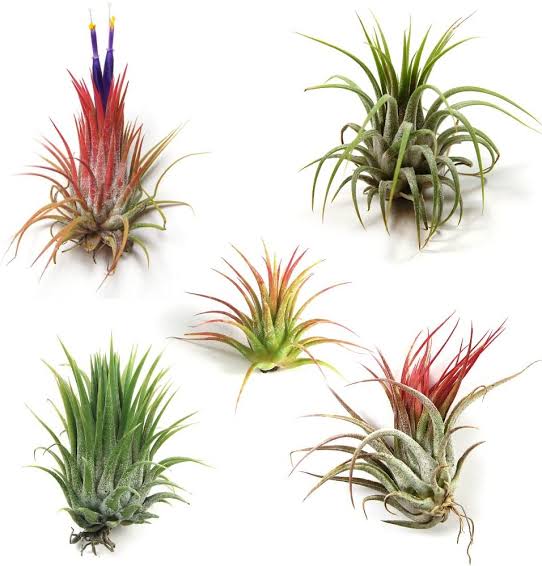
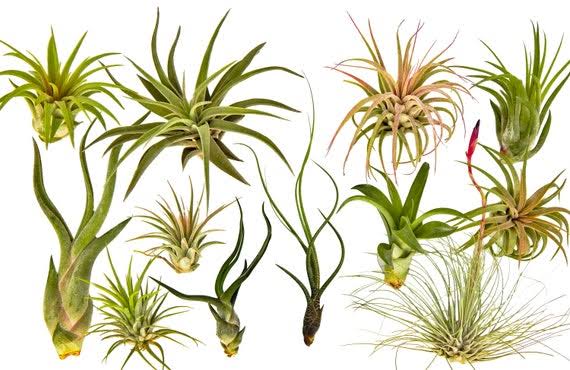
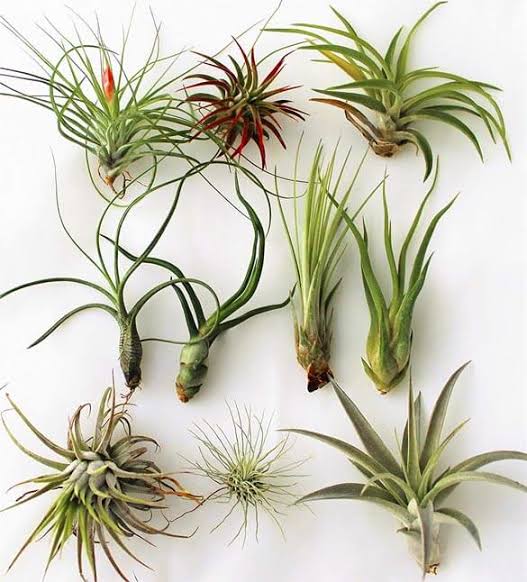
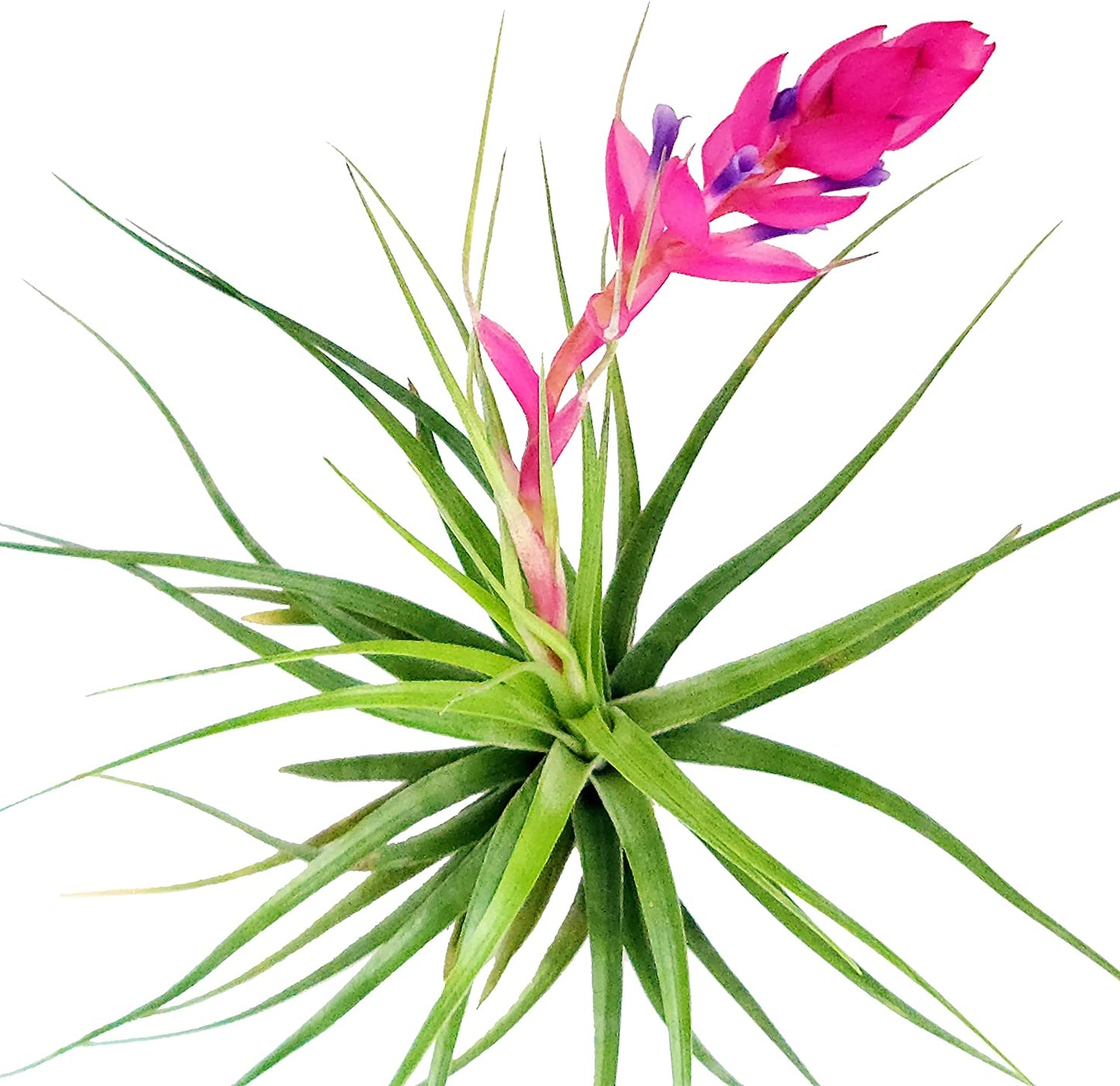
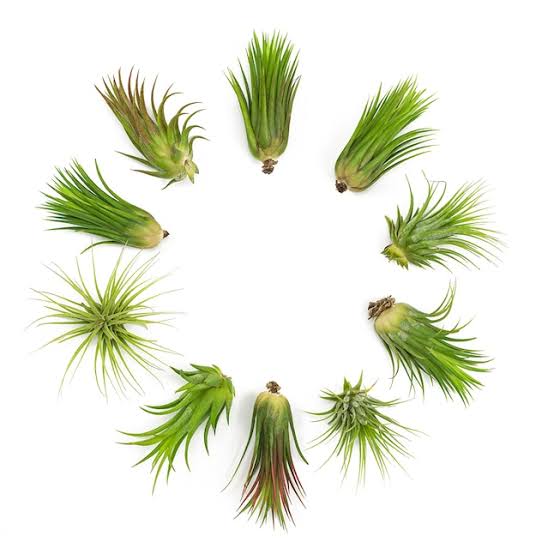
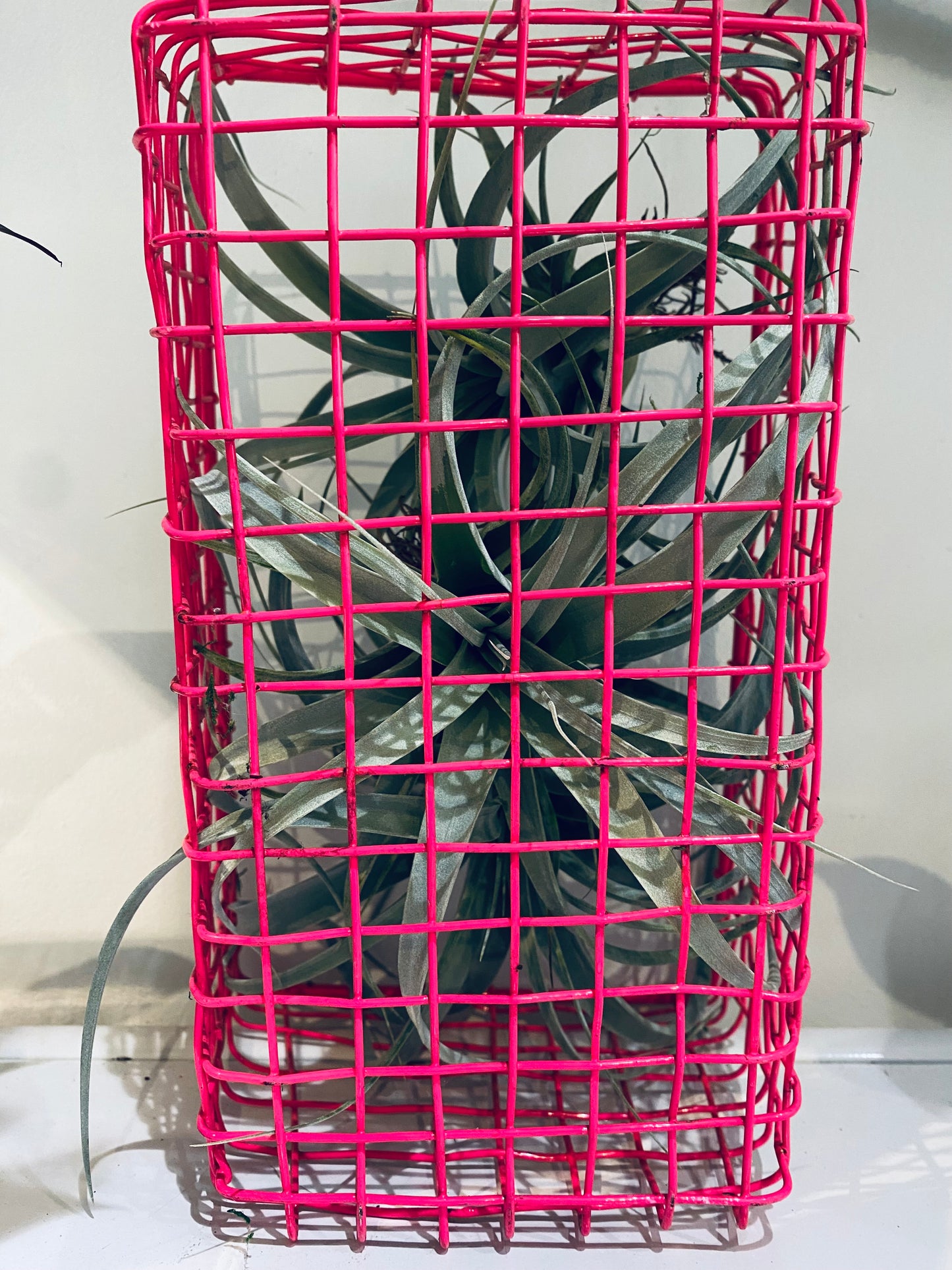
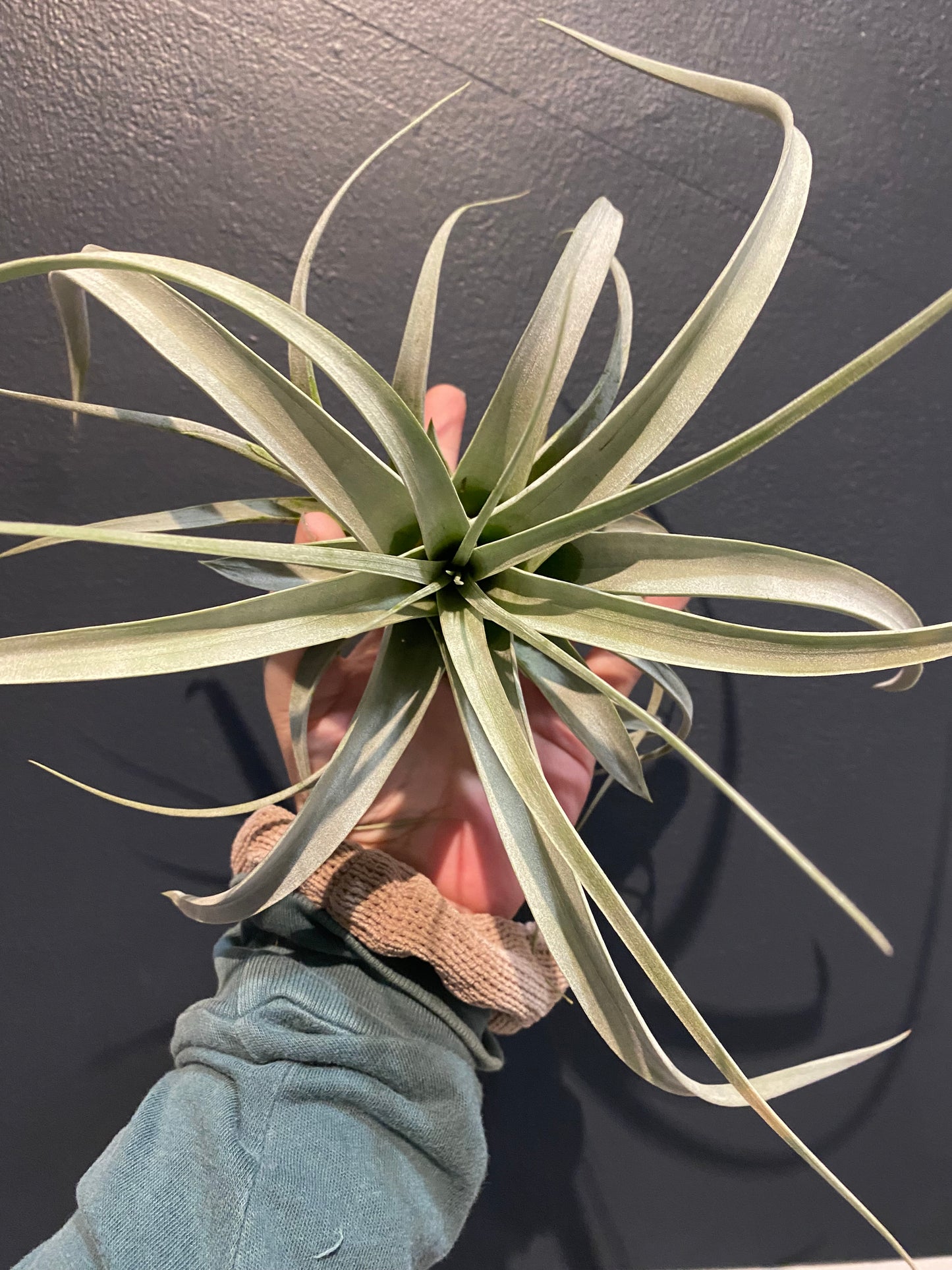
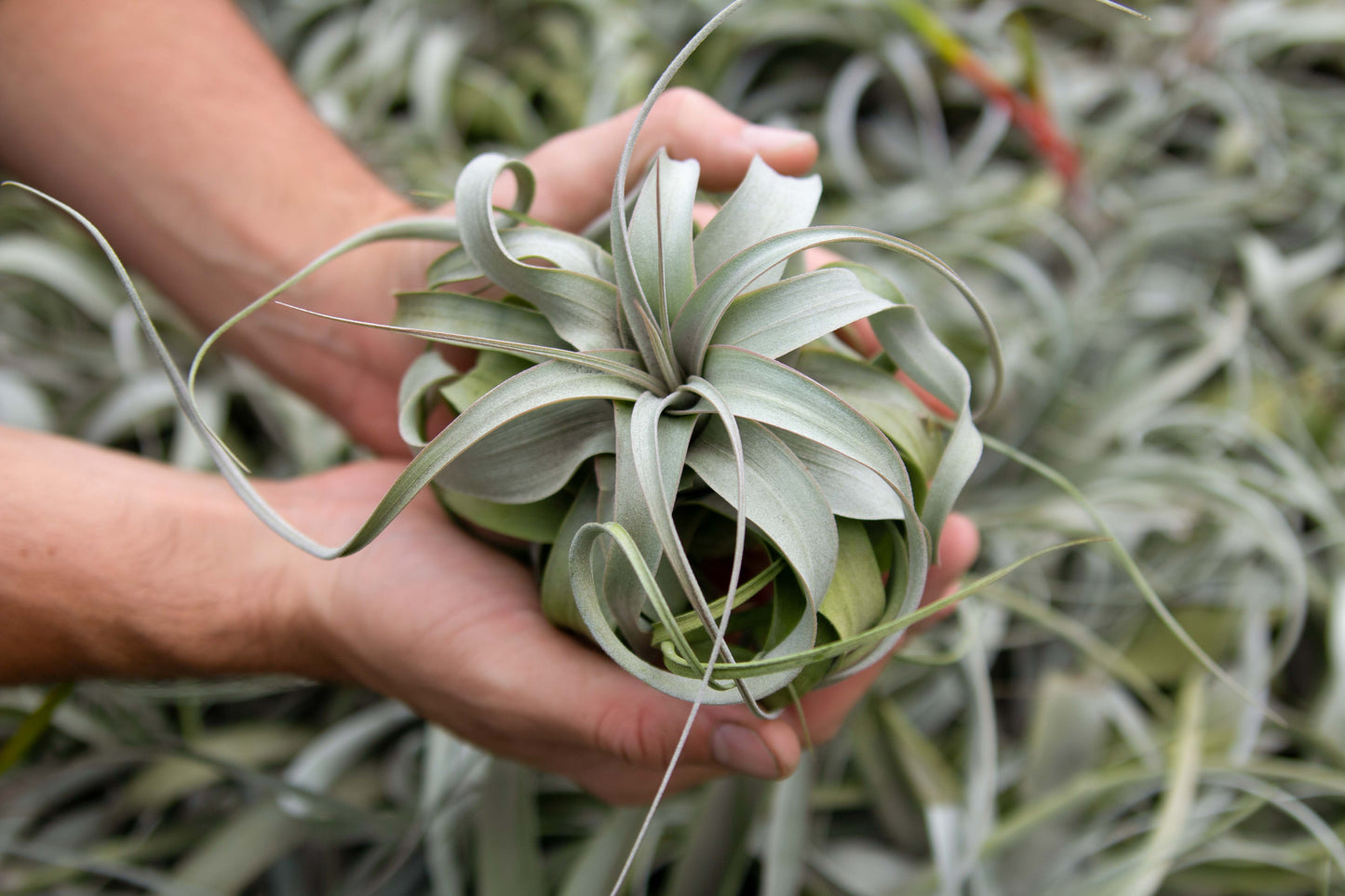
Subscribe to our emails
Be the first to know about new collections and exclusive offers.
